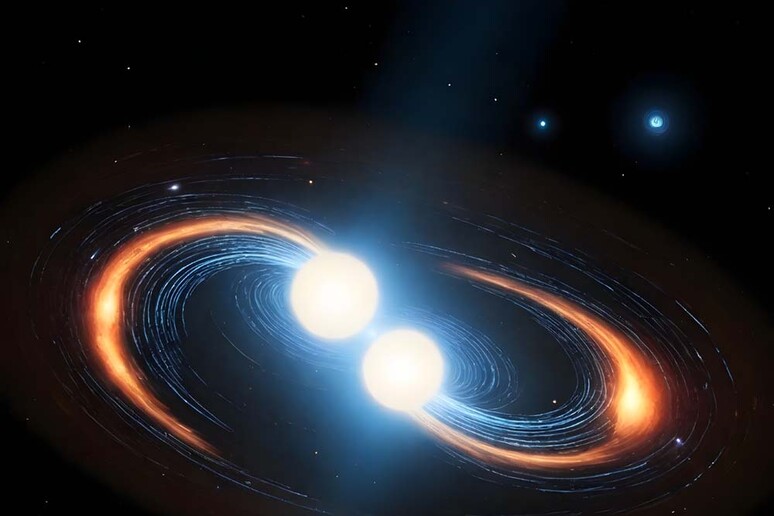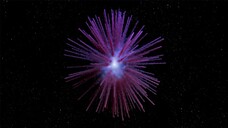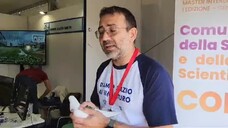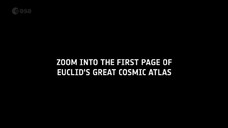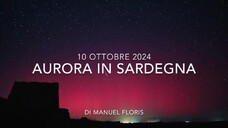A gigantic cosmic explosion, a kilonova, spread a shower of heavy elements throughout the universe and this phenomenon has been observed and documented for the first time by an Italian-led study published in the journal Nature.
Coordinated from Rome's Tor Vergata University with Yu-Han Yang and Eleonora Troja and the contribution of the National Institute of Astrophysics (INAF), the research helps to reconstruct the origin and evolution of gamma-ray bursts.
The gamma-ray burst Grb 230307A was observed on March 7, 2023, by NASA's Fermi space telescope, which Italy contributes to via the Italian Space Agency (ASI), INAF and the National Institute of Nuclear Physics.These phenomena generated by cosmic catastrophes are very short, around two seconds, but Grb 230307A lasted around 40 seconds.
Using data from the Hubble and James Webb space telescopes too, the researchers reconstructed its evolution, demonstrating that kilonovae can spread around the cosmos heavy elements such as lanthanide, which are more commonly known as rare-earth elements: the same ones that, on Earth, are in smartphones and the batteries of electric cars.
Riproduzione riservata © Copyright ANSA





